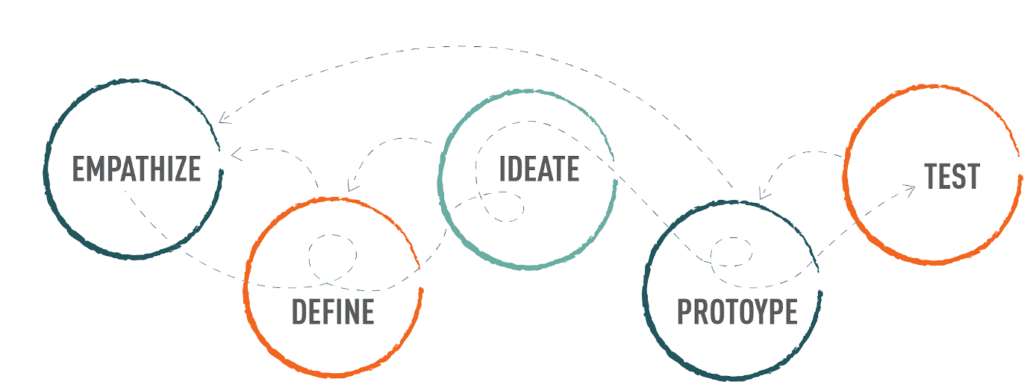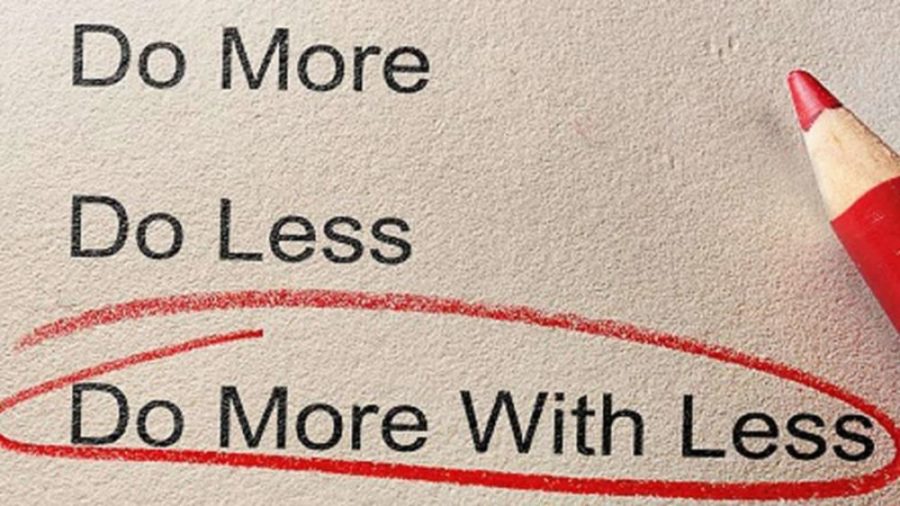In 2022, we have seen 788 tech companies and over 120,000 employees affected in recent layoffs, the largest percentage of reductions since the start of the pandemic. Stripe, like Twitter, Meta, Peleton, Zillow, and others, reduced their staff by 10 to over 50%, as a result of missing quarterly and annual financial forecasts and expectations.
Doing more with less, to free up valuable time for work that matters most to the business
How do we do more with less people, resources, and less time in our days, when we are tasked to take on work from those that have been impacted? Even when everyone is overloaded, it is time to stop, assess the roles and responsibilities of your team members, and determine how to restructure work so that the high value tasks are done by your people and allow technology solutions to help with the routine tasks.
According to the Harvard Business Review, “survivor guilt” is real and three quarters (74%) of employees retained after a layoff saw their productivity decline. But the good news is that workers who felt that their managers were visible, approachable, and open were more than seventy (70%) less likely to report a productivity drop.
As a people leader with HR expertise (who has conducted more layoffs than I care to remember), here are five actions for managers to take and help their team focus on the work that matters most:
- Communicate consistently and candidly with your team. Your employees need frequent communication, that allows your team to ask questions, to better understand the overall business decisions and the strategy to move forward. Connecting employees with a sense of purpose, to show them how their personal work impacts overall business success is key to re-building trust and re-engagement.
- Ask your employees to document their work week and the time they spend on various tasks. Ensure them that this exercise is for ensuring that the workload is equally distributed. If you are already using time and attendance systems (where your employees allocate their time to various projects/billable work), then it is a good time to gather this information and perform specific analysis on the key work that may be wasting time. Often, it is easy to see the patterns in the time spent per day on various projects or tasks, so that the collective issues will surface.
- Enable design-thinking techniques to develop new ways to solve real pains and problems. Design thinking is different from other innovation and ideation processes in that it is solution-based and user-centric rather than problem-based. This means it focuses on the solution to a problem instead of the problem itself. Through the process of empathizing, defining, ideation, pro typing, and testing, you can start to design and develop fresh solutions to improve efficiency and work processes, with the goal of optimizing time savings.

- Identify the key tasks that can lend itself to process improvement and technology solutions. Most companies do their best to operate as efficiently as possible, however there are always opportunities for improvement. After reviewing the “day in the life” of your workday (and that of your employees), focus on making micro adjustments. Is there a way you can remove a step from a process by streamlining workflows? Are there technological solutions available that provide valuable time savings, producing a return on investment that allows the solution to pay for itself in a short time? If you and your team are not spending 1-2 hours each week researching new tools and technologies (with vendors or professional communities of peers), then you are behind on best practices and ways in which you can digitally transform your workplace.
5. Augment people and technology to create “Super Teams,” incorporating AI and automation. The term Super Team describes the integration of AI into teams to produce transformative business results. By combining people and machines, leveraging their complementary capabilities to solve problems, valuable insights are gained, and business value is created. Note that in the definition itself, AI is assisting team members instead of replacing them or augmenting the work. John Adcock, CPO (Chief People Officer) of Eventbrite, describes this concept more simply, “let technology handle easy, repetitive tasks, and let humans handle the hard work.”

With AI Intelligent Assistant, the Humans Handle the Hard Work
AI Intelligent Assistants helps the hardworking people in HR, IT, Facilities, Payroll, and other operational team members reclaim valuable time back, while putting the employees at the center of the experience. Working inside existing collaboration systems like Slack, Microsoft Teams, and web portals, employees get instant and accurate answers to global HR, IT, and Operations FAQs — anywhere, all the time. Leadership turns to an admin dashboard to understand real-time usage, configure push messaging, and build custom pulse surveys to generate and act on instant feedback on of-the-moment questions.
Ready to empower your employees with information to make them more productive, while helping reclaim time back to focus on more meaningful and valuable work? Schedule 30-minutes to learn more about how MeBeBot’s AI Intelligent Assistant can enable your company to do more with less.
Visit our website at https://mebebot.com
